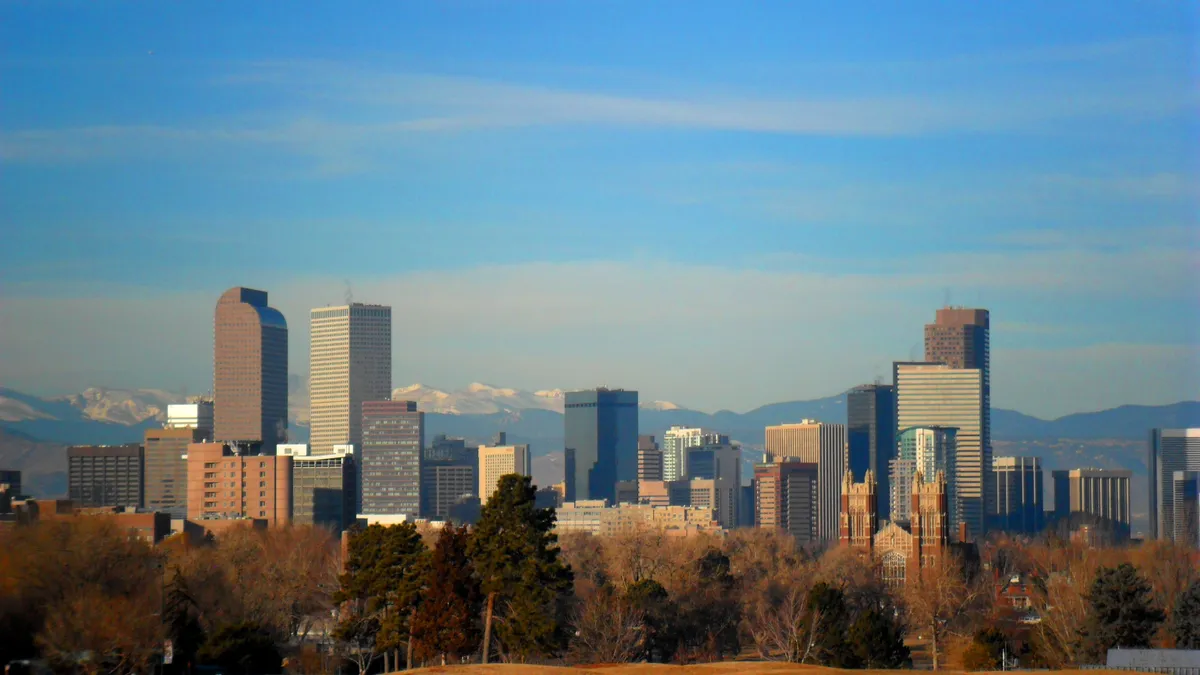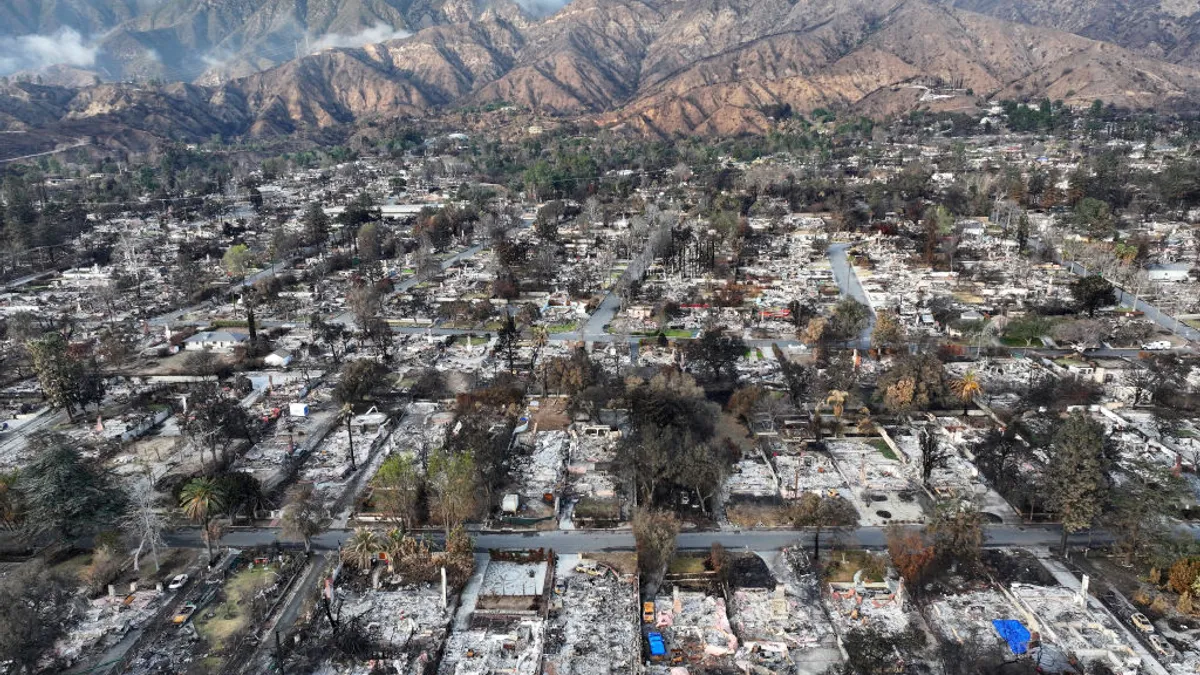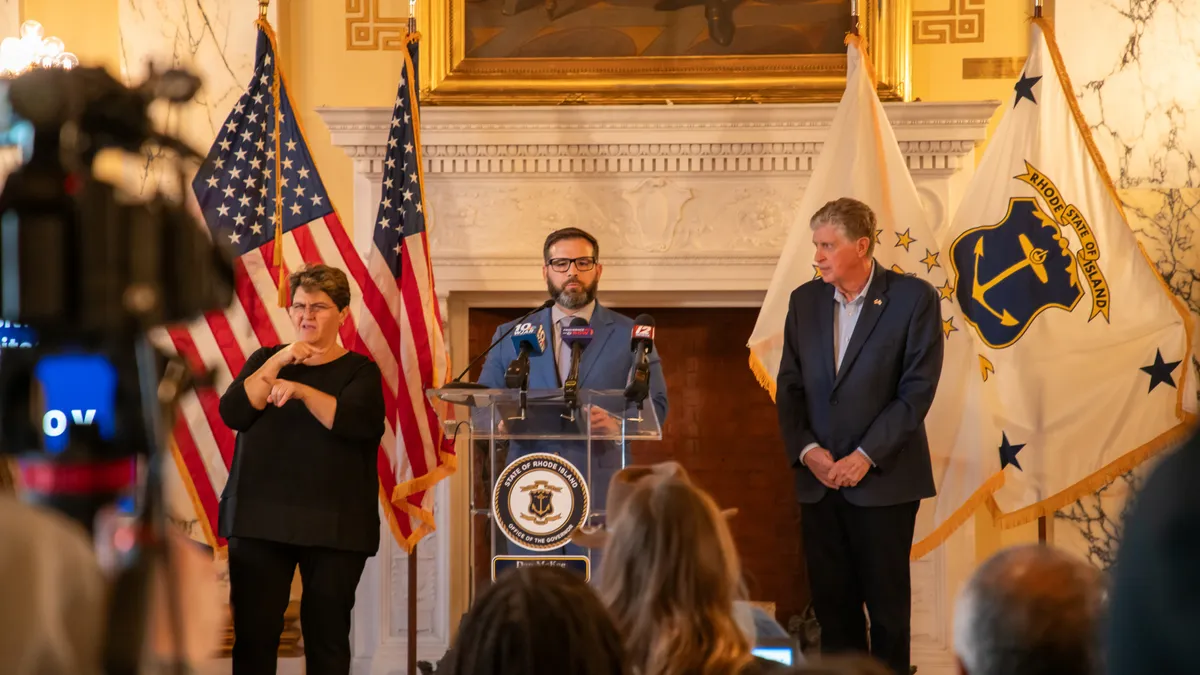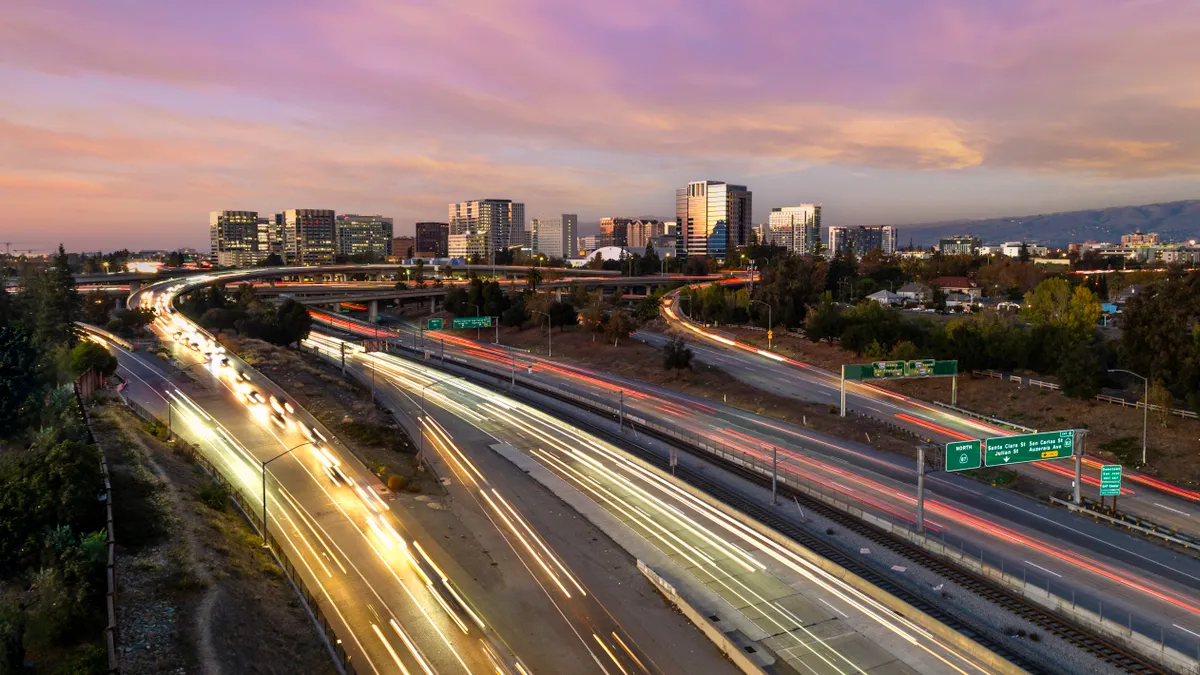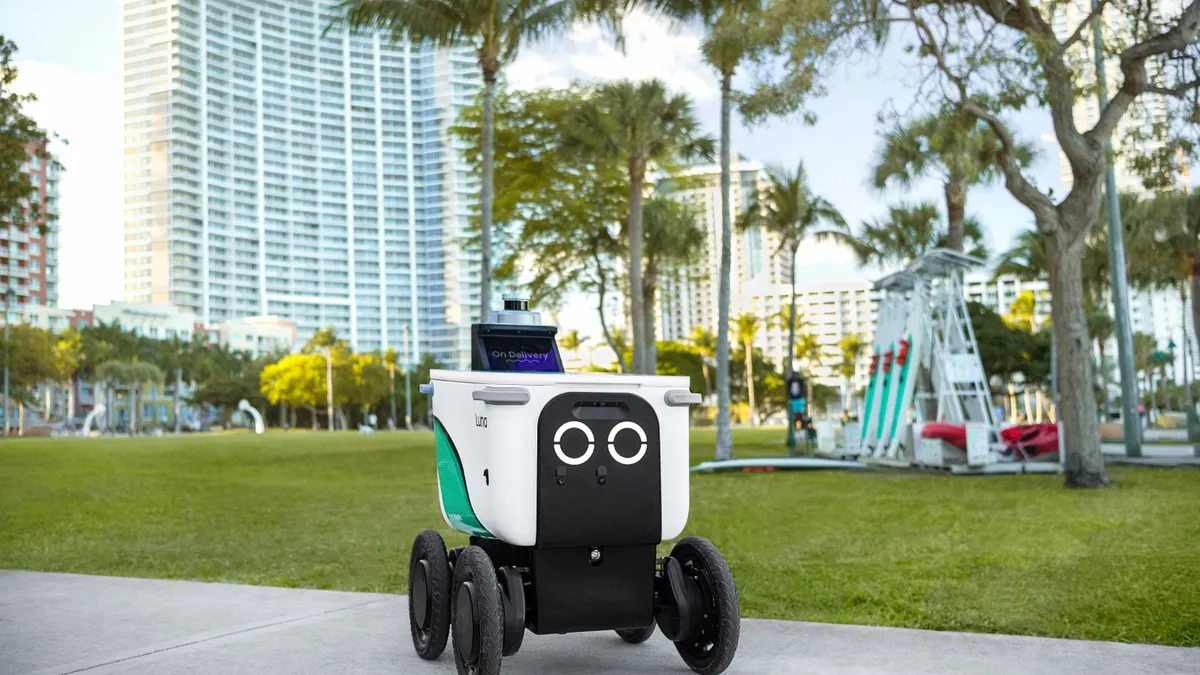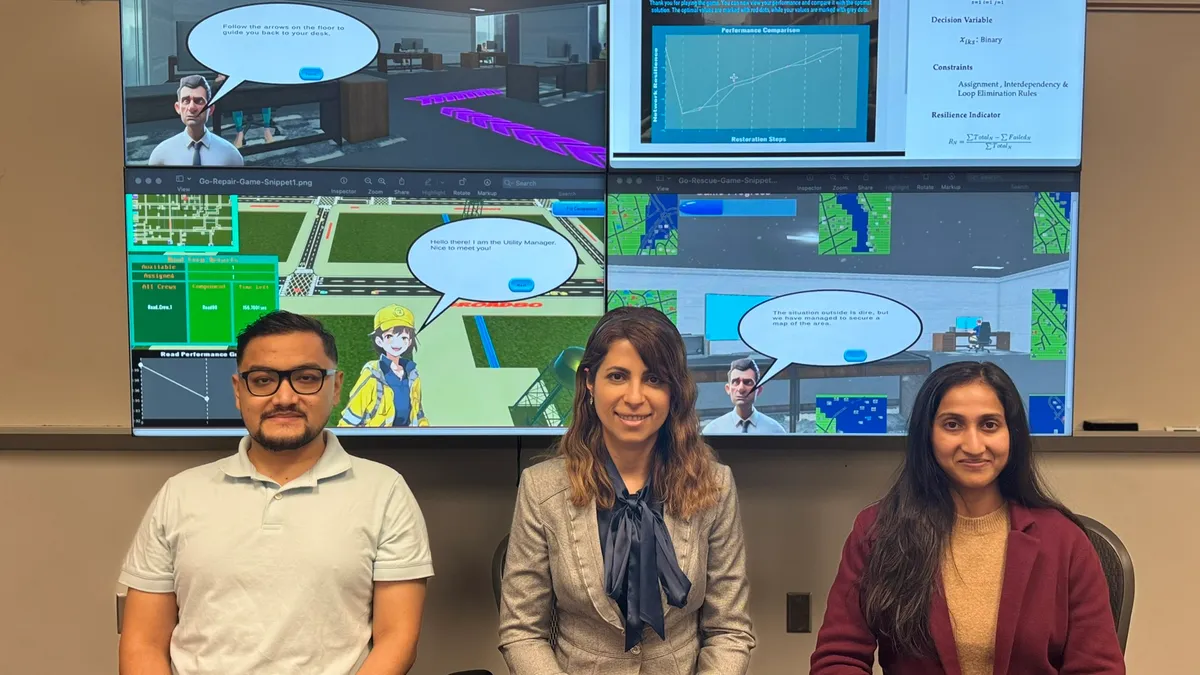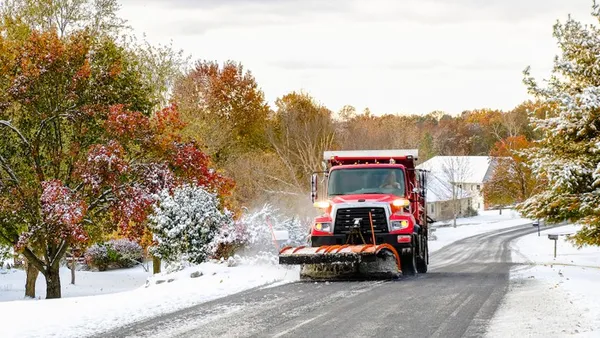As cities rely more on data, Denver has been a leader with a platform that not only manages that data, but helps its leaders make more efficient decisions.
The city recently launched its Enterprise Data Management (EDM) platform with the help of a $6 million grant from the U.S. Department of Transportation (DOT), having been a finalist in its Smart City Challenge.
The EDM is based on four principles, Denver Chief Information Officer David Edinger told Smart Cities Dive: the local control of data, open source software, federal standards and interopability. It collects data from air sensors, traffic lights, video and radar detection systems and other devices, and helps officials analyze the data and make changes quickly in areas like traffic management among others.
Smart Cities Dive caught up with Edinger and Denver’s Smart Cities Program Manager Emily Silverman to discuss the city’s use of data and how it solves problems in real-time.
The following interview has been edited for brevity and clarity.
SMART CITIES DIVE: If we take a wide angle look at the EDM, what kind of data does it manage?
DAVID EDINGER: A lot of what we're capturing in there right now is mobility-related data. Smart cities are all about that two-way communication between the sensors in the field back to the EDM and then back out again in terms of perhaps instructions that we might be giving to some of those devices in terms of changing behavior.
I think the one that is top of mind for me right now is, I was just down at one of our labs last week driving around in some of the vehicles and capturing the data that was coming in from the streetlights into those cars and how we are collecting that in near-real time. We are seeing, for example, advanced warning and countdowns of when the signals were going to change. That's the kind of information that we're capturing now that a year or two ago we just didn't have.
What do you do with that data once you have it?
EDINGER: I'll give you a real example from the other day. Some folks blocked off on Santa Fe Drive, which is a major arterial coming into the city from the south, some construction folks blocked off two of the three lanes coming in. They weren't supposed to have done that, but they did that and we could start to see the backup happening there and knew that was going to create a real congestion problem as well as an air quality problem for us.
The first thing we were able to do was react and go out there and get the construction lane closure out the way, but it had backed up so far that we were going to probably go through all of rush hour, a three-hour period, until traffic patterns returned to normal there. The traffic engineers were able to change — and one day we would love to see this in more of an artificial intelligence (AI) way — and were able to see that the issue was the left turn lanes that were backing up.
They changed the green light times from 18 seconds to 40 seconds, and within a matter of 15 minutes had restored traffic patterns back to their usual patterns. You take a problem that occurred unexpectedly and was going to have ramifications that lasted three hours and congestion and health-related issues associated with it and turn it around in 15 minutes and get everything back to normal.
"The 'smart' in smart city for us is the ability to have access to all that information, to own it, to make sure it's interoperable, that it's federal-standards based."

David Edinger
Chief Information Officer, City of Denver
Why now? What made the city decide to put the EDM in place?
EDINGER: What we fell in love with was the equity portion of this, which I think sometimes gets forgotten in the smart city conversation. It's really about being able to make a difference in the most underserved parts of the city. An example of where we're doing that is on Federal Boulevard, which is on the west side of Denver and runs north-south along the western corridor.
We're able to do things in terms of smart city outputs that impact the lives of the folks over there, whether it's improving their safety by being able to get the emergency responders to them first or reducing the air pollutants as a result of reducing congestion. A lot of the folks over in that part of town rely on transit to get around, so making sure that we've created a system where they can have reliable transit and that we don't end up with the unpredictability that comes from a growing city.
How does the EDM fit into the overall jigsaw of Denver's smart city plans?
EDINGER: The "smart" in smart city for us is the ability to have access to all that information, to own it, to make sure it's interoperable, that it's federal-standards based. That's what allows us to do this cross-functional stuff that we're talking about, which is to me where the real value is created.
For example, if we had the stuff in silos: mobility was in its own silo, air quality was in its own silo, we wouldn't be able to create the value from a business, operations or innovation perspective that we care about … If we didn't design the EDM in such a way that we could pull in all that information and share it, we probably would have one-dimensional answers to our problems, whereas now we have multi-dimensional answers to multi-dimensional problems.
How do you see this platform expanding? What does the future hold?
EDINGER: The key ones from a traditional government perspective would be around mobility, safety, equity, health. I think there's a lot to be said for third-party or private sector databases like Waze, like the Colorado Department of Transportation.
There's a lot of quasi-government agencies as well as private sector partners to participate in this and to start to pull together various data sets that we might not otherwise be focused on today. Right now, we're really focused on a lot of the government aspects of this, but I think over time the idea is to pull in, regardless of source or ownership of that data, sets from different places.
EMILY SILVERMAN: I think one of the key components that we have is this idea of being able to ingest the data and also be able to share it. We have a lot of great experts here at the city, but it's really not just everyone who lives around here, but there's so many smart people and great organizations that we can partner with and give the data to, to figure out what kind of insights they can get.
As we get further into the future, we can get to more of that difficult analytics where we get into prescriptive analytics. The idea is we go from predictive analytics, which Dave hinted at where the system itself can alert our traffic management center when these events are happening or when they think they're going to happen … Then we can look into the future and look at things like land use, weather, transportation and work on creating a place that will assess the influx of people and all the great opportunities Denver provides while still protecting and enhancing the population of residents who currently live here.



